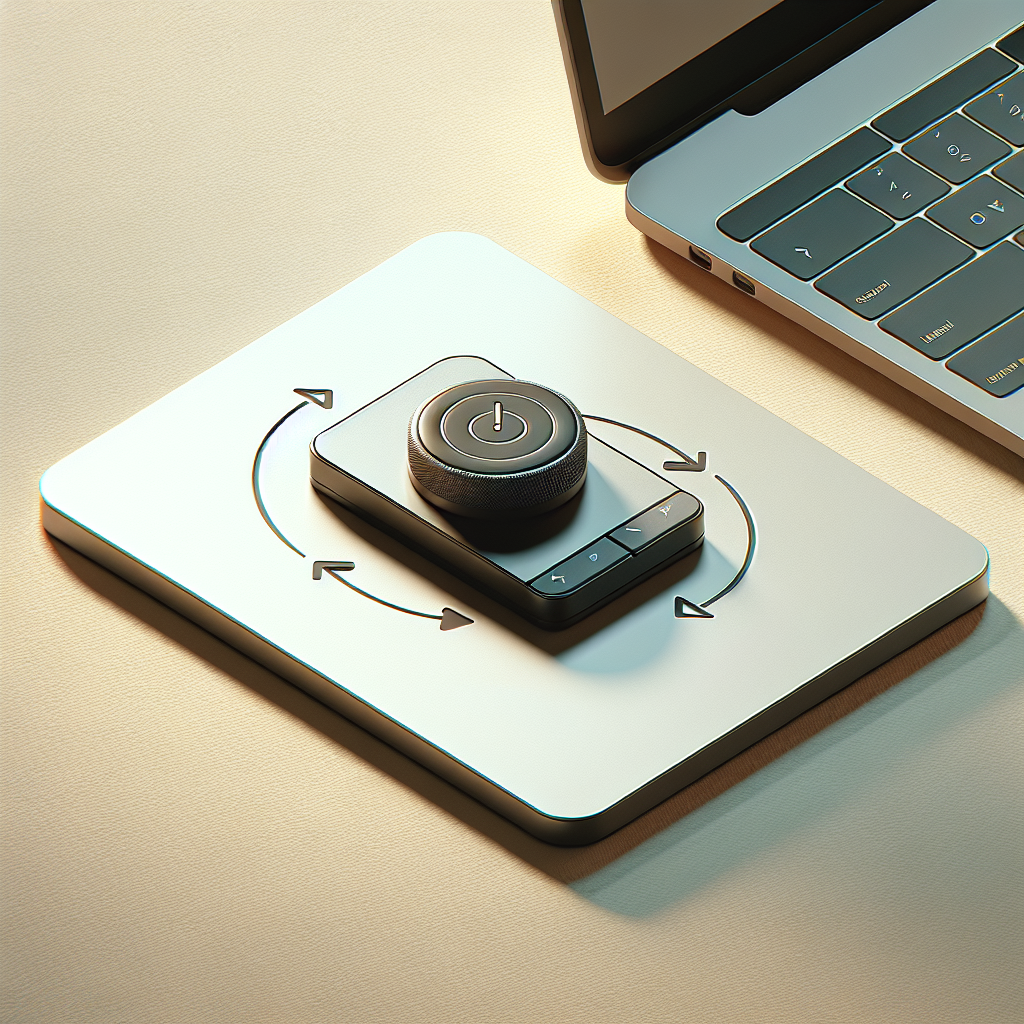Wireless trackpads are essential devices that allow users to navigate their computers with ease and precision. Sometimes, these trackpads may experience issues or unusual behavior, prompting the need to reset them to their default settings. Whether you’re facing connectivity issues, sensitivity problems, or simply want to start fresh, this guide provides all the necessary steps for resetting your wireless trackpad.
Table of Contents
- Why Reset Your Wireless Trackpad?
- Common Issues with Wireless Trackpads
- How to Reset a Wireless Trackpad on Mac
- How to Reset a Wireless Trackpad on Windows
- Troubleshooting Tips
- Frequently Asked Questions
Why Reset Your Wireless Trackpad?
Resetting your wireless trackpad can resolve several issues, including:
- Unresponsive trackpad
- Incorrect sensitivity settings
- Connection problems
- General malfunctioning
Common Issues with Wireless Trackpads
There are various issues that users might encounter with their wireless trackpads. Here’s a list of common problems:
| Issue | Possible Cause | Suggested Fix |
|---|---|---|
| Unresponsive | Disconnected/Battery issue | Check battery and reconnect |
| Pointer Lagging | High sensitivity settings | Adjust settings in control panel |
| Connection Problems | Bluetooth interference | Check for other connected devices |
| Button Malfunction | Hardware issue | Contact support or repair |
How to Reset a Wireless Trackpad on Mac
Resetting your wireless trackpad on a Mac involves a few straightforward steps:
Step 1: Remove the Trackpad
1. Go to the Apple menu.
2. Select System Preferences.
3. Click on Bluetooth.
4. Find your wireless trackpad in the list.
5. Click the ‘X’ next to it to remove it.
Step 2: Reset the SMC (System Management Controller)
1. Shut down your Mac.
2. Press and hold the Shift + Control + Option keys along with the power button for 10 seconds.
3. Release all keys and turn on your Mac.
Step 3: Re-pair the Trackpad
1. Turn on your wireless trackpad.
2. Open Bluetooth preferences again.
3. Select your device and pair it.
How to Reset a Wireless Trackpad on Windows
Resetting your trackpad on a Windows device can also be done in a few simple steps:
Step 1: Remove the Device
1. Click on the Start menu.
2. Go to Settings.
3. Select Devices.
4. Navigate to Bluetooth & other devices.
5. Find your trackpad and click on it.
6. Choose ‘Remove Device.’
Step 2: Reset Trackpad Settings
1. Still under Settings, go to Devices.
2. Click on Touchpad (or Mouse & Touchpad).
3. Select ‘Reset to Default.’
Step 3: Reconnect the Device
1. Turn on your wireless trackpad.
2. Go back to Bluetooth settings.
3. Click on ‘Add Bluetooth or other device.’
4. Select Bluetooth and choose your trackpad from the list.
Troubleshooting Tips
If you continue to encounter issues after resetting your wireless trackpad, consider the following troubleshooting tips:
- Ensure that the trackpad is charged or that the batteries are fresh.
- Check for any software updates for your operating system.
- Remove and reconnect to your Bluetooth devices to eliminate any pairing issues.
- Consult the trackpad’s manual for specific troubleshooting steps.
Frequently Asked Questions
Q1: How often should I reset my trackpad?
A1: It depends on your usage, but a reset can help resolve issues whenever you notice erratic behavior.
Q2: Will resetting my trackpad delete all my settings?
A2: Yes, resetting will revert all settings to factory defaults.
Q3: Can I reset my trackpad without a computer?
A3: Most resets require connection to a computer, but some models may have a physical reset button.
Q4: What if I can’t find my trackpad in Bluetooth settings?
A4: Ensure the trackpad is turned on and in pairing mode. If issues persist, try restarting your computer.
Q5: Are there any alternatives to using a wireless trackpad?
A5: Yes, you can use a wired mouse, trackball, or graphics tablet as alternatives.
Conclusion
Resetting your wireless trackpad can effectively resolve various performance issues. Following the steps outlined in this guide, users can easily reset their device on both Mac and Windows operating systems. Additionally, staying informed about troubleshooting tips can assist in maintaining the functionality of your trackpad. Regular maintenance and management of your input devices lead to an overall better computing experience.
